In the simplest terms, SEO for eCommerce websites refers to the strategies and techniques used to optimize an online store so that it ranks higher in search engine results pages (SERPs) like Google.
SEO for eCommerce websites plays a pivotal role in driving organic traffic, which refers to visitors who find your store through unpaid search engine results. Beyond traffic, SEO for eCommerce websites is instrumental in boosting sales and enhancing brand visibility. According to SocialChamp, SEO in eCommerce has an ROI of 1,600% compared to paid search, making it a gold mine to dig in.
Discover:

Now that we’ve established the fundamental importance of SEO for eCommerce websites and its core components, let’s dive into the practical strategies you can implement to optimize your online store.
A. Keyword Research for an eCommerce Website
Keyword research is the cornerstone of any effective SEO for eCommerce Websites strategies. It’s the process of identifying the exact words and phrases (keywords) that potential customers use when searching online for products they want to buy.
Understanding these keywords is essential because it allows you to optimize your online store’s content, structure, and marketing efforts to align with customer search behavior. By targeting the right keywords, you can attract more relevant traffic to your site, improve your search engine rankings, and ultimately drive more sales.
1. Using Tools for eCommerce Website Keyword Research
Successful eCommerce keyword research often relies on using specialized tools that provide valuable data and insights. While some basic keyword research can be done using search engine suggestions, these tools offer a more comprehensive and efficient approach.
Overview of popular keyword research tools:
- Ahrefs
Ahrefs is a powerful SEO for eCommerce Websites tool suite that includes robust keyword research capabilities. It allows you to explore keyword ideas, analyze keyword difficulty, see search volume data, and examine competitor keyword strategies. Ahrefs is particularly useful for identifying long-tail keywords and understanding the competitive landscape for specific search terms.
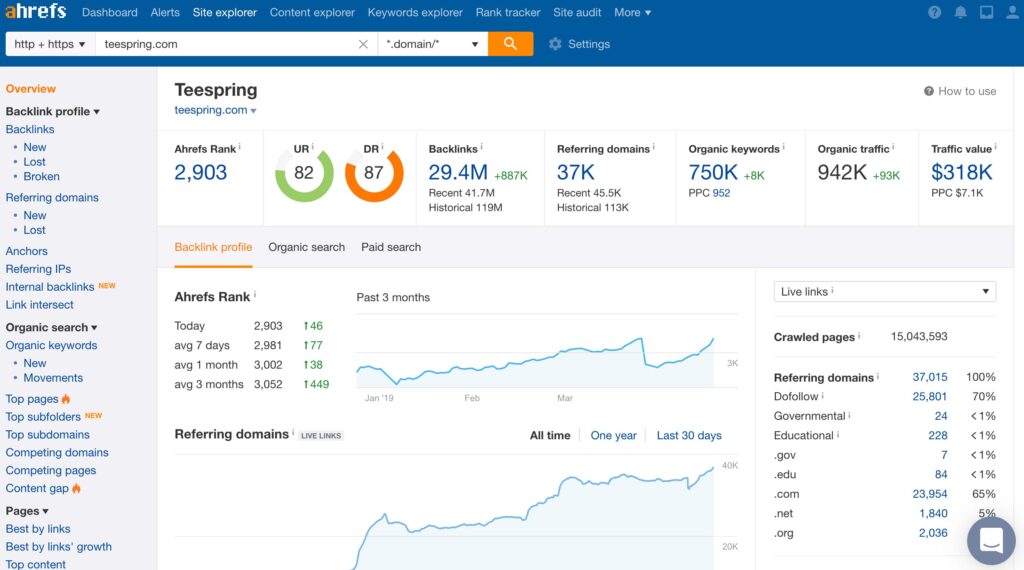
- SEMrush
SEMrush is another comprehensive online visibility management platform with excellent keyword research functionality. It offers features like keyword analysis, position tracking, competitive research, and site audits. SEMrush helps eCommerce businesses discover valuable keywords, track their ranking progress, and identify opportunities to improve their SEO.
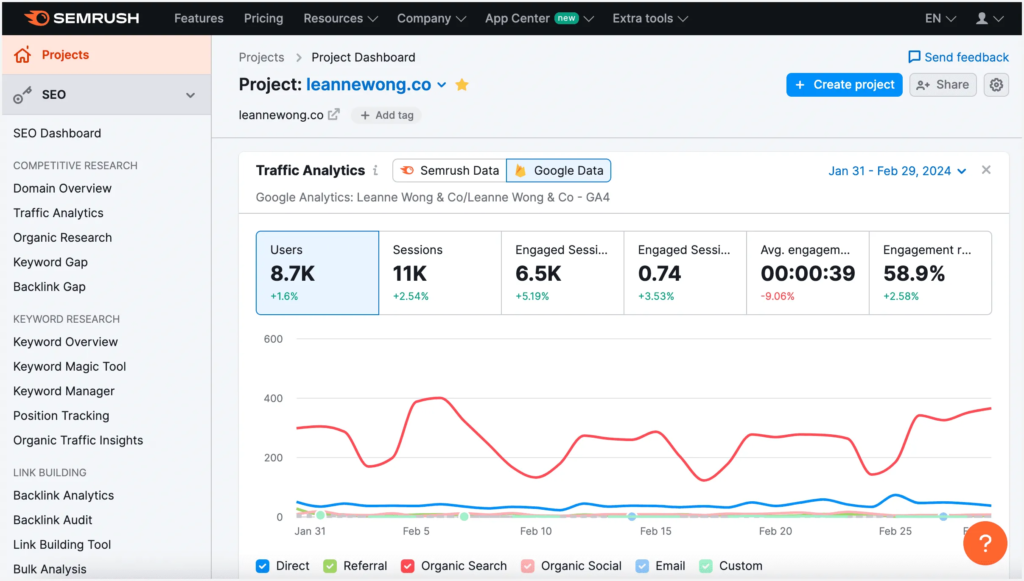
- Google Keyword Planner
As a free tool provided by Google Ads, Google Keyword Planner is a valuable resource for keyword research. While primarily designed for advertising campaigns, it can also provide insights into keyword search volume, competition, and related keyword ideas, which is a good starting point for eCommerce businesses on a budget.
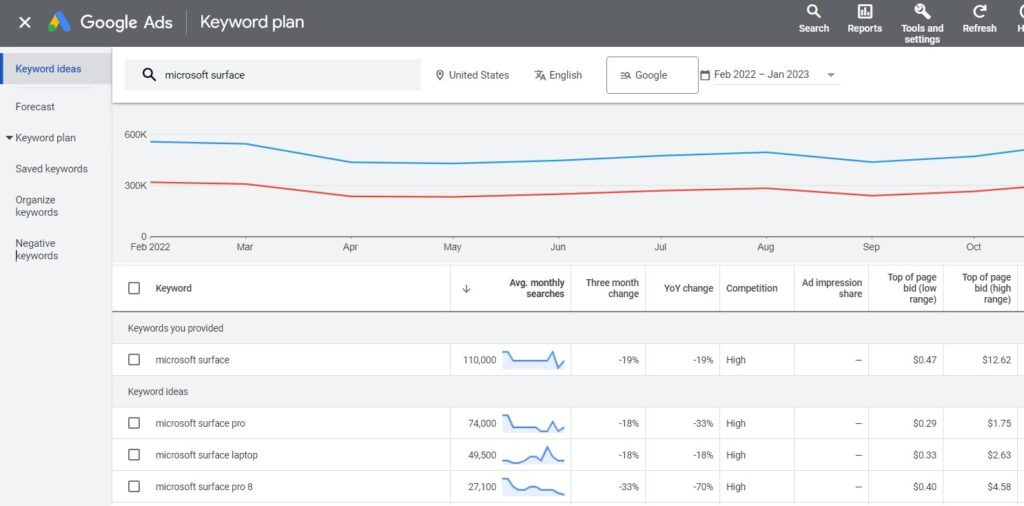
How to use these tools to find relevant keywords for product pages, category pages, and blog content:
To find relevant keywords for product pages, start by listing the main features and attributes of each product. Then, use the tools to find variations of those terms, synonyms, and long-tail keywords that customers might use when searching for that specific product.
For category pages, focus on broader keywords that describe the entire product category. Analyze search volume and competition to identify the most relevant and high-traffic keywords.
When researching keywords for blog content, think about the informational needs of your target audience. What questions do they have related to your products or industry? Use keyword research tools to find relevant topics and keywords with sufficient search volume.
2. Targeting Transactional vs. Informational Keywords for SEO for eCommerce Websites
In SEO for eCommerce Websites, it’s crucial to understand the difference between transactional and informational keywords, as they reflect different stages of the customer’s buying journey.
Explanation of transactional keywords
Transactional keywords are those that indicate a strong intent to make a purchase. They often include words like “buy,” “purchase,” “order,” “discount,” “sale,” or “deals.”
Examples of transactional keywords for an eCommerce website include “buy red running shoes,” “purchase iPhone 13,” or “discount women’s dresses.” Targeting transactional keywords is essential for driving sales and conversions on your online store.
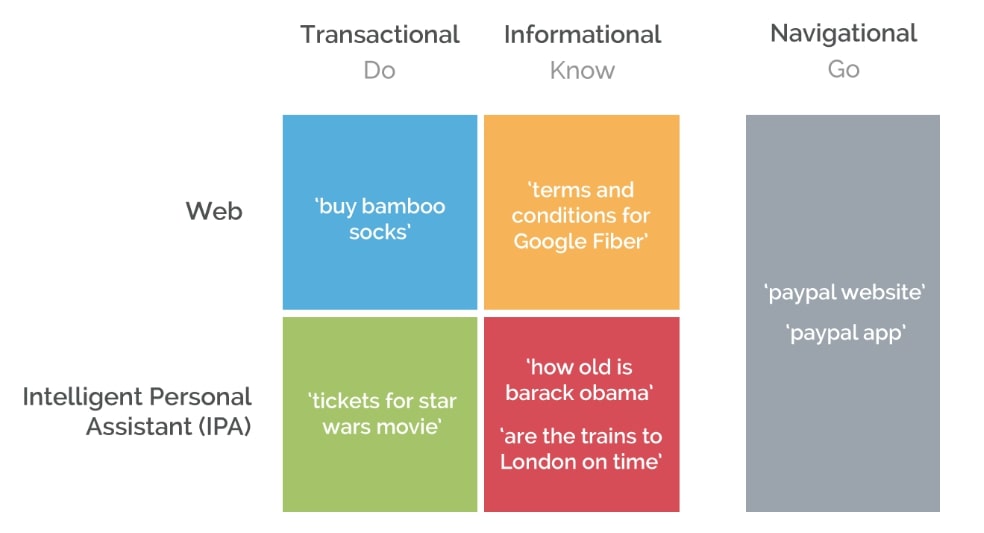
Explanation of informational keywords
Informational keywords, on the other hand, are used by users seeking information or answers to questions. They often include words like “how to,” “what is,” “best,” “review,” or “tutorial.”
Examples of informational keywords for an eCommerce website include “how to choose the best coffee maker,” “what is the best running shoe for beginners,” or “iPhone 13 review.” While informational keywords may not lead to immediate sales, they are valuable for attracting potential customers who are in the research phase of their buying journey.
Strategies for targeting both types of keywords to attract customers at different stages of the buying journey
To attract customers at all stages of the buying journey, it’s essential to target both transactional and informational keywords on your eCommerce website.
Use transactional keywords on product pages and category pages to capture customers who are ready to buy.
Create blog content and informational pages that target informational keywords to attract potential customers who are researching products.
By providing valuable information and answering customer questions, you can build trust and establish your online store as an authority in your niche.
3. Long-Tail Keywords and Search Intent for eCommerce
Long-tail keywords and search intent play a significant role in SEO for eCommerce Website. They are longer, more specific phrases that customers use when searching for products. For example, instead of searching for “shoes,” someone might search for “buy red running shoes size 9 for women.”
Long-tail keywords are important because they are often less competitive than shorter, more general keywords, and they tend to have a higher conversion rate, as they indicate a more specific search intent.
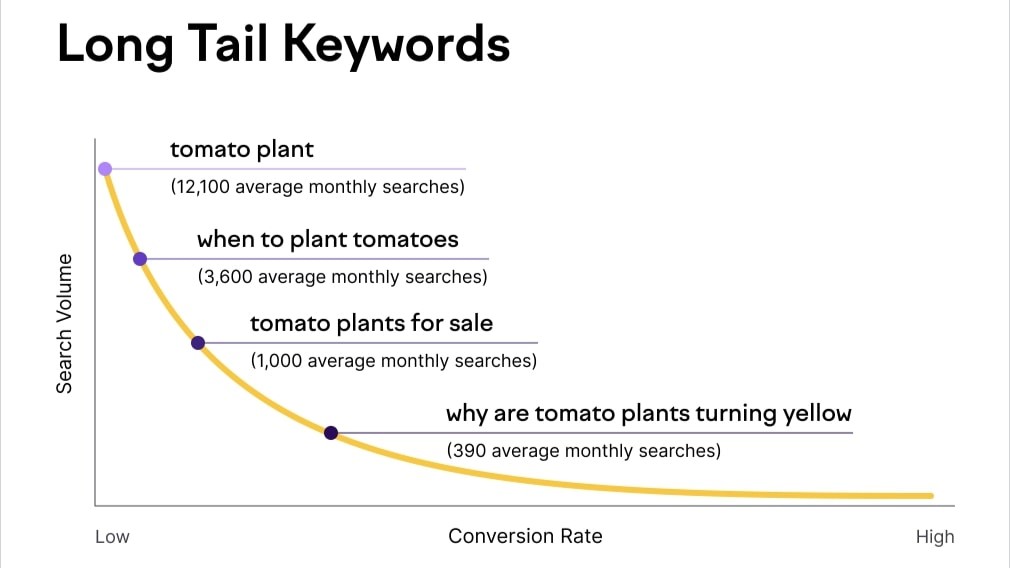
How to identify long-tail keywords with high purchase intent
To identify long-tail keywords with high purchase intent, think about the specific needs and desires of your target audience.
Consider the different ways that customers might search for your products, including variations in product attributes, brand names, and use cases.
Use keyword research tools mentioned above to find long-tail keywords with decent search volume and relatively low competition.
4. Competitor Keyword Analysis for eCommerce Websites
Analyzing your competitors’ keywords can provide valuable insights and help you identify opportunities to improve your own SEO for eCommerce websites.
How to Analyze Competitors’ Websites to Identify Valuable Keywords:
Start by identifying your main competitors in the online space. These are the websites that rank for the same keywords as you and sell similar products. Use SEO tools to analyze your competitors’ websites and see which keywords they are ranking for. Pay attention to the keywords that drive the most traffic to your competitors’ sites.
Tools and Techniques for Competitor Keyword Research for eCommerce Websites:
SEO tools like Ahrefs and SEMrush allow you to see the keywords that your competitors are ranking for, their estimated search volume, and their position in the search results. You can also analyze your competitors’ website structure, content, and backlink profile to identify their SEO strengths and weaknesses.
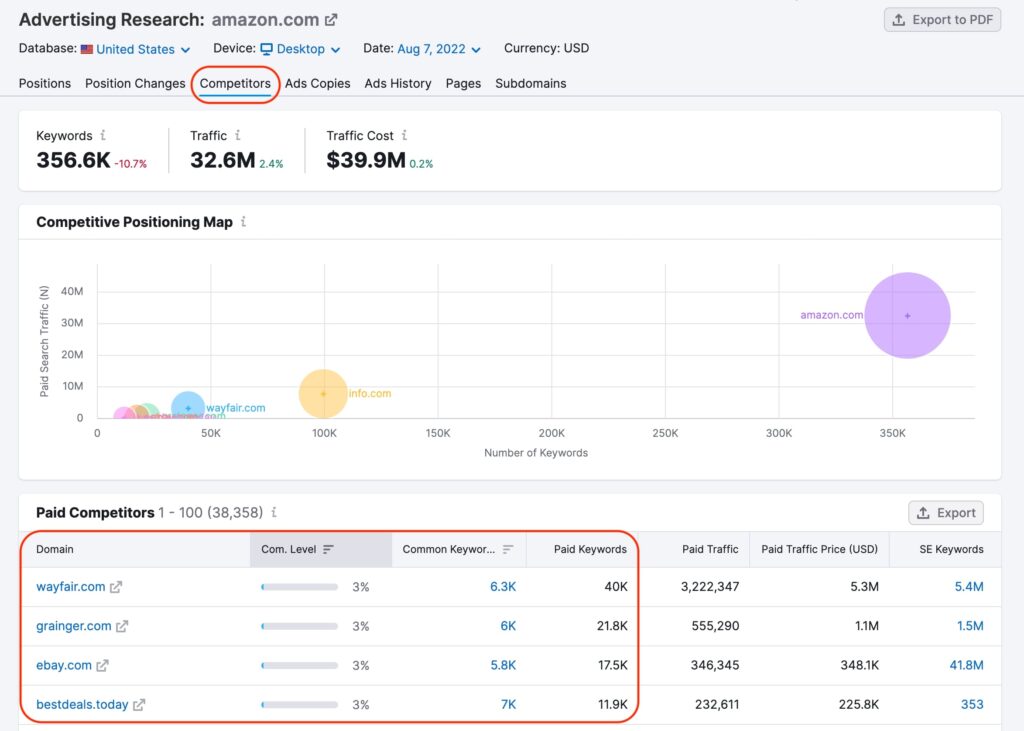
Finding Keyword Gaps and Opportunities to Outrank Competitors in the eCommerce Space:
By analyzing your competitors’ keywords, you can identify keyword gaps—keywords that your competitors are not targeting but that are relevant to your business and have decent search volume. Focus on targeting these keyword gaps to attract new customers and outrank your competitors in the search results.
B. On-Page SEO for an eCommerce Website
On-page SEO is the practice of optimizing individual web pages—both product pages and category pages—to rank higher in search engine results and attract more relevant traffic. It involves optimizing various elements of your online store, including the content, HTML code, and structure of each page.
Effective on-page optimization helps search engines understand what your pages are about and how they are relevant to user queries, ultimately leading to improved visibility and increased organic traffic.
1. Optimizing Pages for eCommerce
Product pages are the heart of any eCommerce website, as they are where customers make their purchasing decisions. Optimizing these pages is essential for driving traffic and maximizing sales.
Title Tags:
The title tag is an HTML element that specifies the title of a web page and is displayed in search engine results pages (SERPs) as the clickable headline for a given result.
Title tags are crucial for SEO as they provide search engines with important context about the content of a page.
Best Practices:
- Include the target keyword at the beginning of the title tag if possible.
- Keep the title tag concise and within the recommended length of 40-70 characters.
- Use trigger words like “best,” “guide,” “review,” or “deals” to make the title more appealing to users.
- If relevant, include numbers in the title tag (e.g., “5 Best Running Shoes”).
- Make sure every title tag is unique.
- Use a tool to preview:
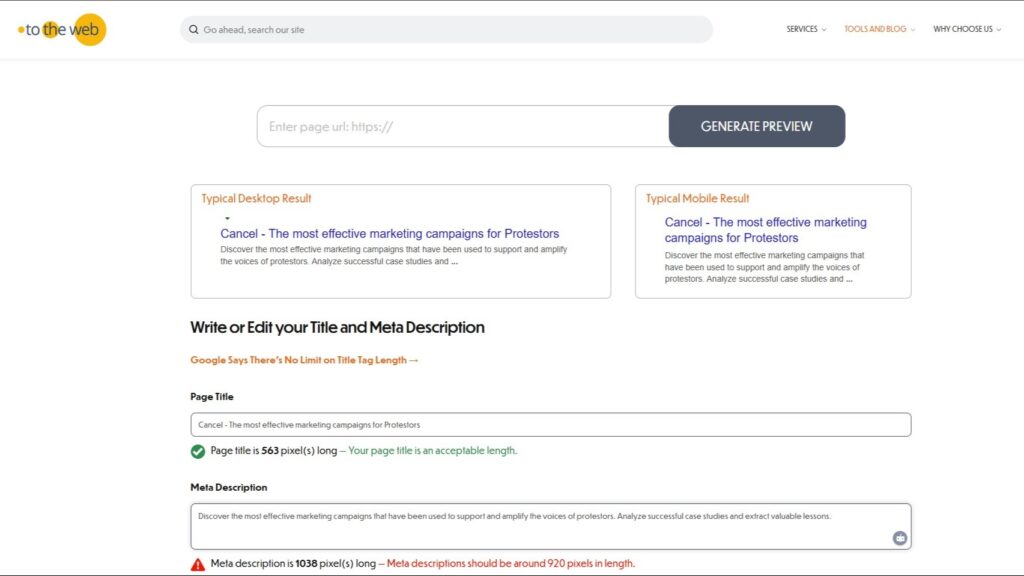
Meta Descriptions:
The meta description is an HTML attribute that provides a brief summary of a web page’s content.
While meta descriptions do not directly impact search engine rankings, they are crucial for improving click-through rates (CTR) from SERPs.
Best Practices:
- Keep the meta description within the recommended length of 130-155 characters.
- Include the target keyword at the beginning of the meta description if possible.
- Write compelling and engaging descriptions that accurately summarize the product page’s content.
- Focus on the user’s pain points and how the product can solve their problems.
- Include a call to action to encourage users to click through to the page (e.g., “Shop Now,” “Learn More”).
Product Descriptions:
Product descriptions provide detailed information about a product to potential customers.
Unique and well-written product descriptions are essential for both SEO and user experience.
Best Practices:
- Write unique descriptions for each product, avoiding duplicate content.
- Use descriptive language to highlight the product’s features, benefits, and specifications.
- Incorporate relevant keywords naturally into the descriptions.
- Format the descriptions for readability, using headings, bullet points, and short paragraphs.
- Consider the search intent of users and address their potential questions.
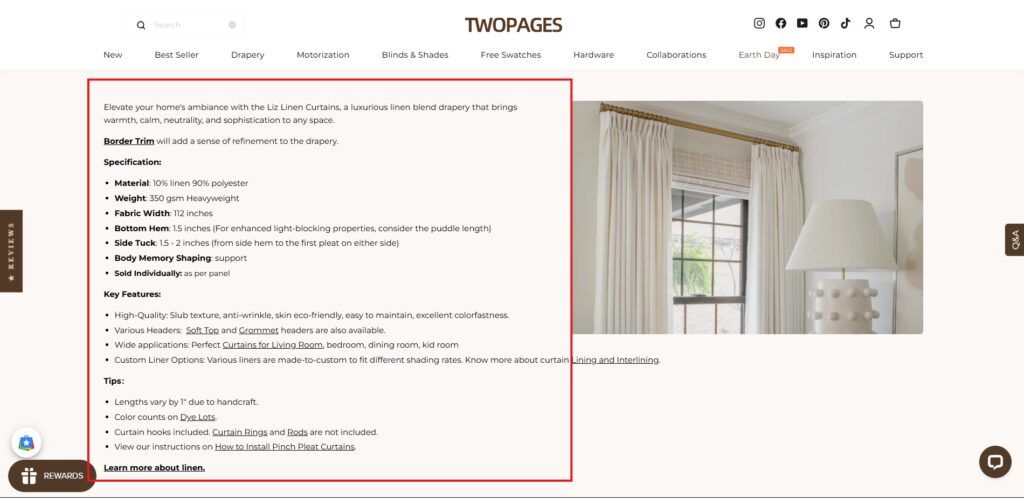
Alt Text for Images:
Alt text (alternative text) is an HTML attribute that describes the content of an image.
It is important for accessibility, as it allows screen readers to convey image information to visually impaired users.
It also provides search engines with context about the image, which can improve SEO.
Best Practices:
- Write concise and descriptive alt text for each image.
- Include relevant keywords in the alt text where appropriate.
- Be specific and accurate in your descriptions.
- Use hyphens to separate words in the file name
2. URL Structure Best Practices for eCommerce Websites
A well-structured URL is crucial for both SEO and user experience. Clear and concise URLs help search engines understand the content of a page and make it easier for users to navigate your website. Here are some best practices:
- Creating Clean, Concise, and Keyword-Rich URLs for eCommerce Websites:
- Use descriptive keywords in your URLs to reflect the content of the page.
- Keep URLs short and to the point.
- Structure URLs logically to reflect your website’s hierarchy.
- Using hyphens (-) to separate words in URLs, as this is the recommended practice for readability by both users and search engines.
- Avoiding Special Characters and Unnecessary Parameters in URLs for eCommerce:
- Avoid using special characters, underscores (_), or unnecessary parameters in URLs, as they can make URLs difficult to read and understand.
- Do not use capital letters
- Avoid double hyphens (–) and double slashes (//)
- Avoid using dynamically generated URLs (e.g., URLs with long strings of numbers and letters).

3. Internal Linking Strategies for eCommerce Categories
Internal linking is the practice of linking from one page on your website to another page on your website. It is an important SEO technique that helps search engines discover and understand the structure and content of your website.
- Importance of Internal Linking for SEO for eCommerce Websites:
Internal linking helps search engines crawl and index your website more efficiently. It distributes link equity (ranking power) throughout your website, which can improve the ranking of individual pages. It also improves user experience by providing clear navigation paths and helping users find relevant content.
- Strategies for Linking Between Product Pages, Category Pages, and Blog Content:
- Link from category pages to related product pages.
- Link from product pages to other related product pages (e.g., “You might also like…”).
- Link from blog posts to relevant product pages or category pages.
- Create navigational links in your website’s header and footer.
- Using Relevant Anchor Text to Improve Site Navigation and Keyword Ranking Within an eCommerce Context:
- Use descriptive and relevant anchor text to indicate the content of the linked page.
- Anchor text should be keywords of the related article it’s linking to.
- Avoid using generic anchor text like “click here” or “this page”.
- All internal links should open in the same window.
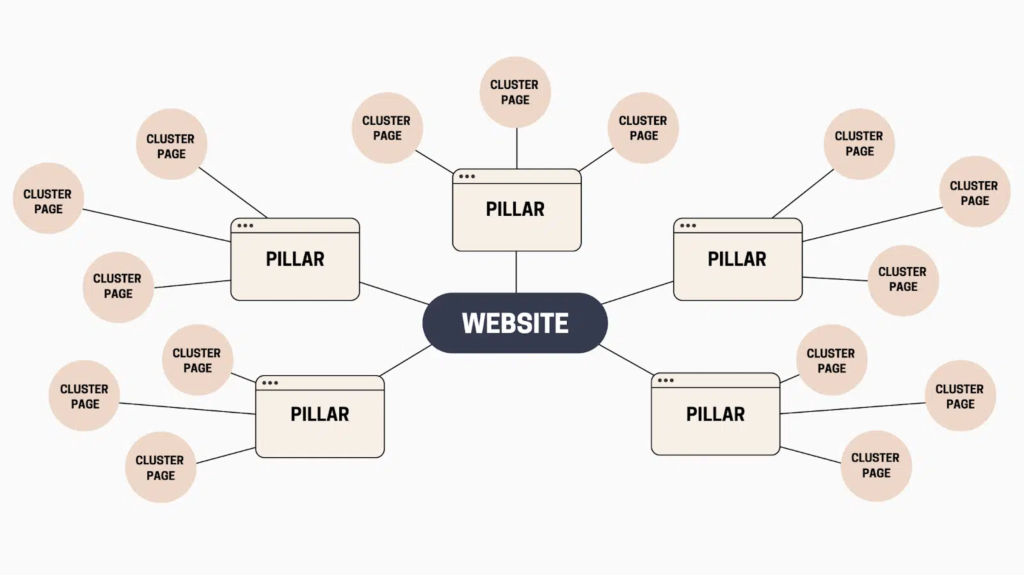
4. Schema Markup for Rich Snippets in eCommerce
Schema markup is a type of structured data that you can add to your website’s HTML to help search engines better understand the content of your pages. This can result in rich snippets, which are enhanced search results that display additional information, such as product prices, availability, and reviews.
Schema markup helps search engines understand the specific type of content on your pages (e.g., product, review, FAQ). Rich snippets can make your search results more visually appealing and informative, which can improve click-through rates. Schema markup can also help your website rank higher in search results.
Implementing schema for product information (pricing, availability, reviews)
Use the Product schema type to mark up information about your products, such as:
- Name
- Description
- Price
- Availability
- Reviews
- Ratings
This can help search engines display rich snippets with product details in search results.
Using schema for other relevant information (FAQs, ratings) for eCommerce.
In addition to product information, you can also use schema markup for other relevant information on your eCommerce website, such as:
- FAQ pages
- Review pages
- Local business information (if applicable)
This can further enhance your search results and provide valuable information to potential customers.
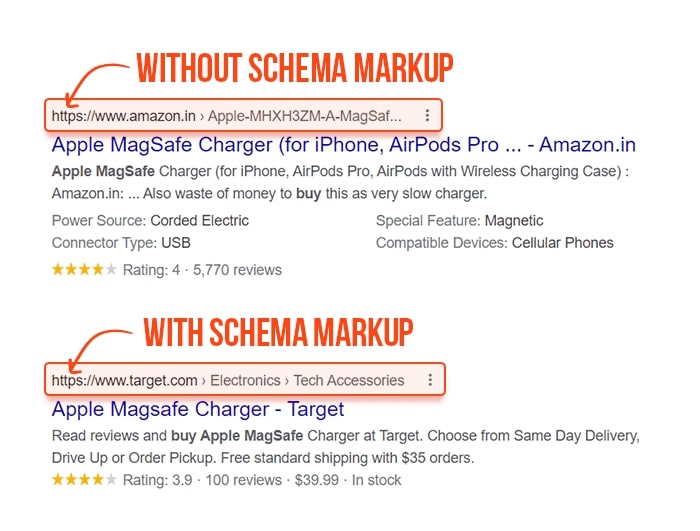
Conclusion
In this comprehensive guide, we’ve covered the essential strategies for optimizing your eCommerce website for search engines. From mastering keyword research and on-page optimization to implementing technical SEO best practices and building a strong backlink profile, these techniques are crucial for driving organic traffic, increasing sales, and achieving long-term success in the competitive online marketplace.
Remember that SEO for eCommerce Website is not a one-time effort but an ongoing process. Search engine algorithms are constantly evolving, and user behavior changes over time. Therefore, continuous monitoring, analysis, and optimization are essential to maintain and improve your website’s search engine rankings. Regularly track your keyword performance, analyze your website’s traffic and conversions, and adapt your SEO strategy as needed.
If you’re looking to take your eCommerce website’s SEO to the next level and need expert assistance, we invite you to explore Wgentech’s Website Optimization Service. Our team of experienced SEO professionals can provide tailored strategies and solutions to help you achieve your business goals. Visit our SEO Service Page to learn more about how we can help you optimize your online store for maximum visibility and success.








